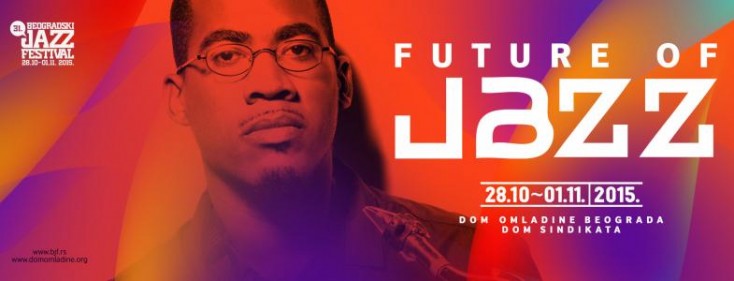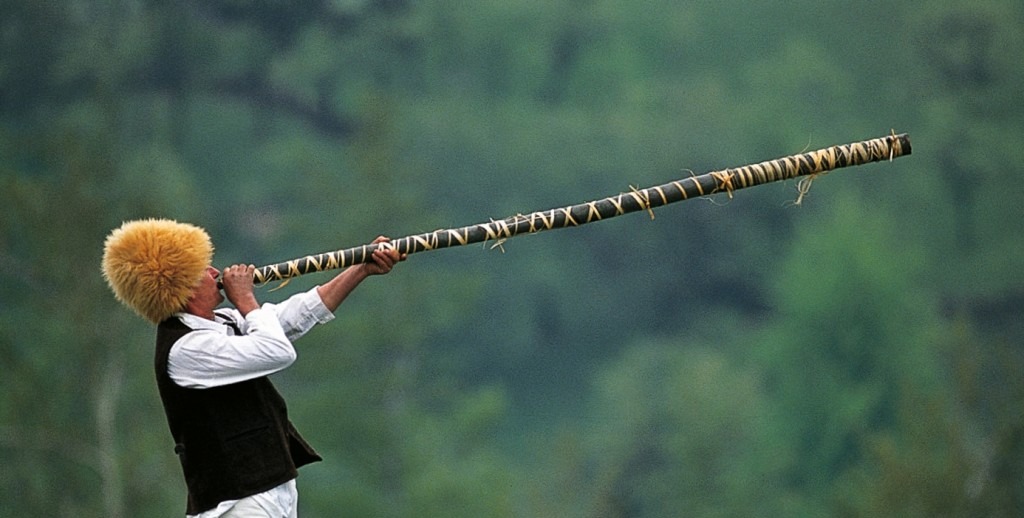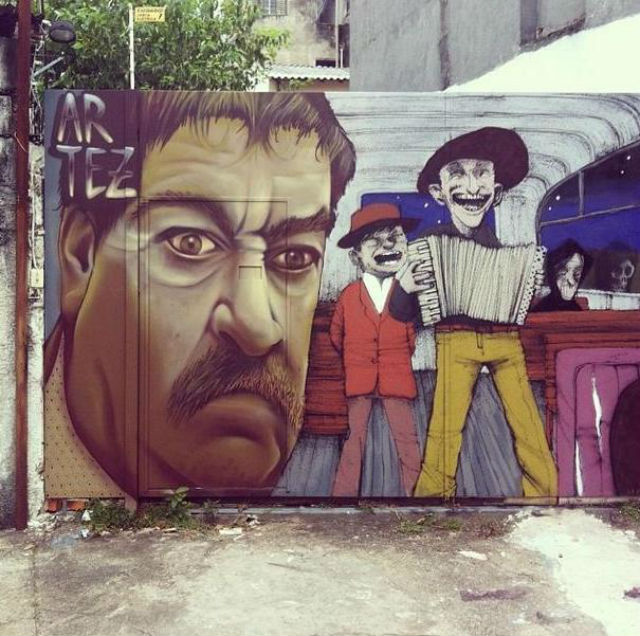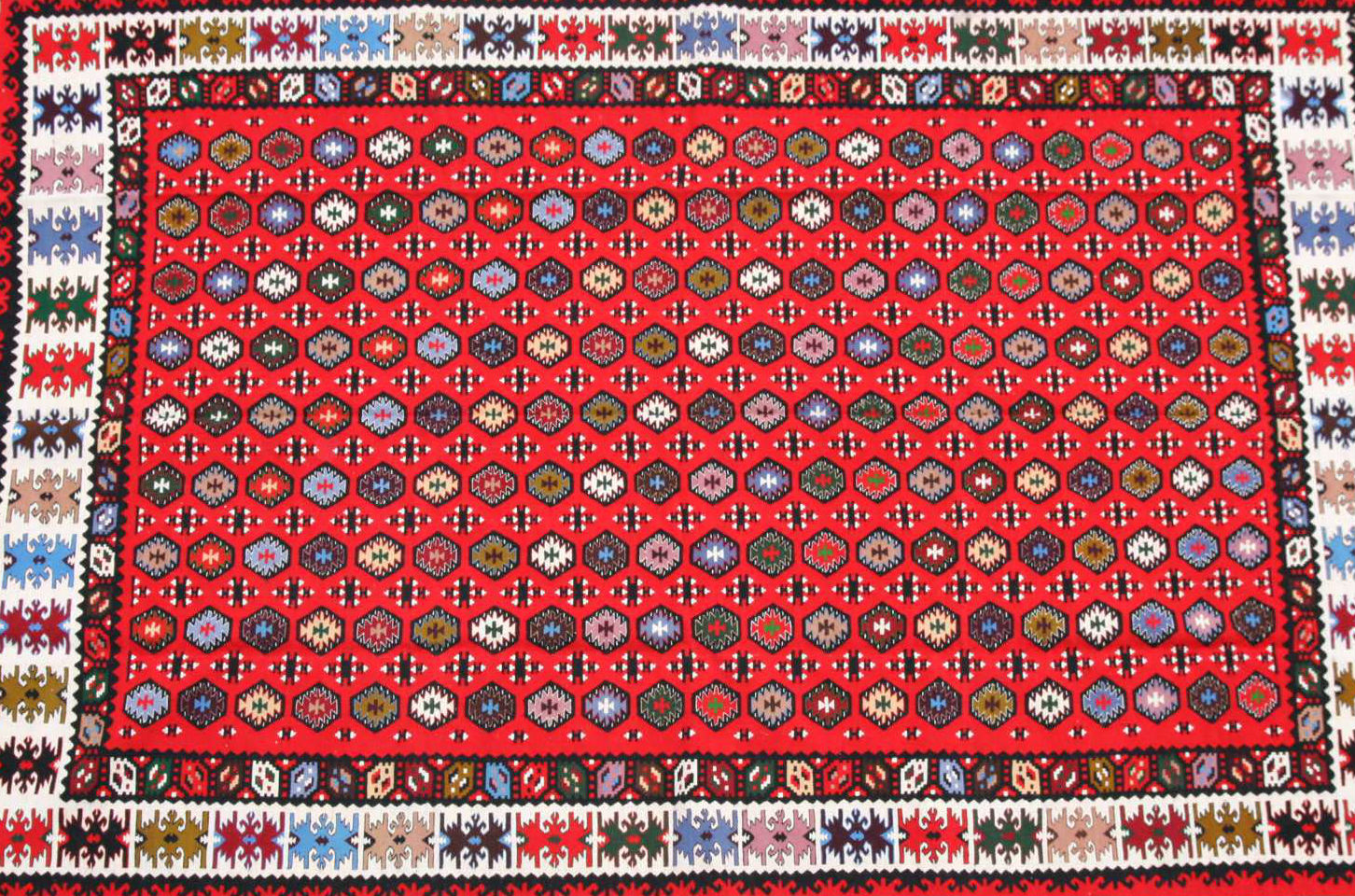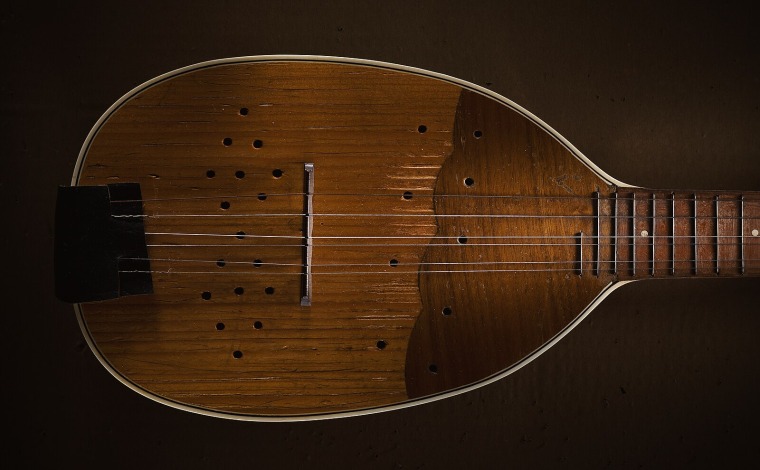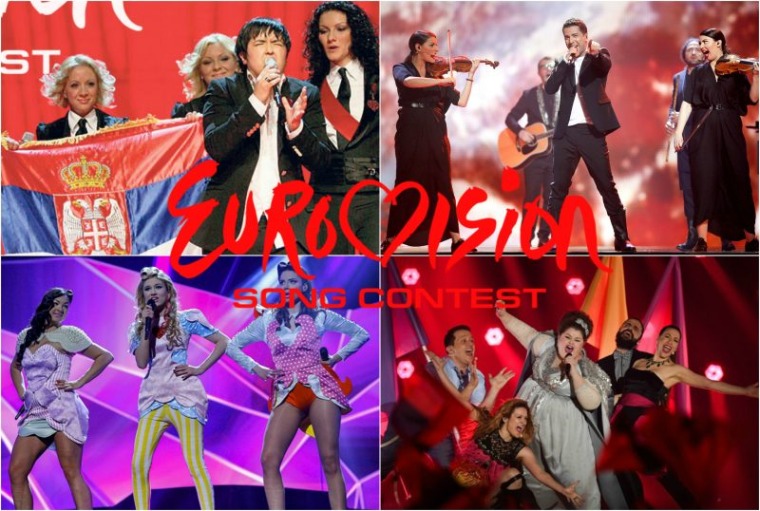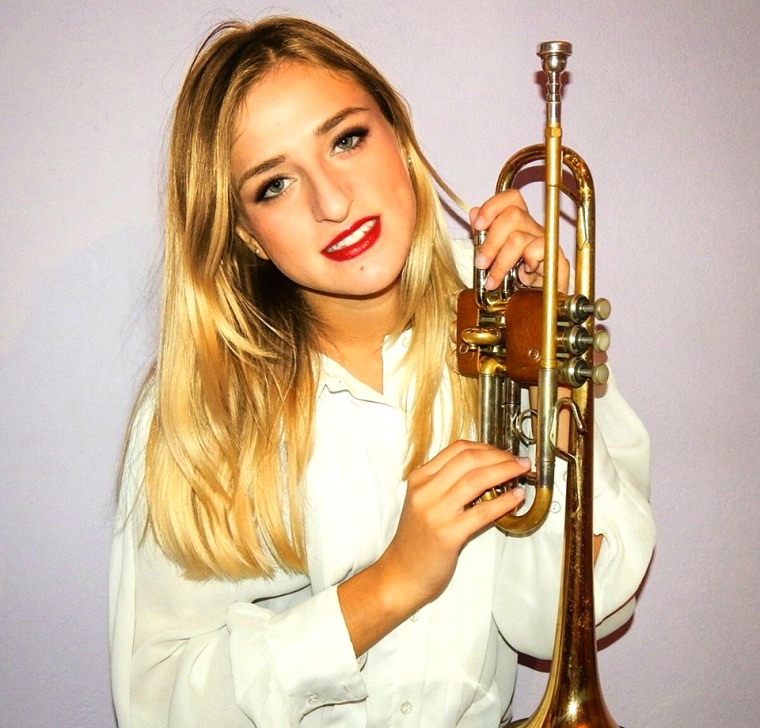The Serbs consider themselves a musical nation and ground this belief on a centuries old heritage of music that has been formed under the influence of both the East and the West.
“He who sings thinks no evil” is an old Serbian saying that will describe our attitude towards music in the best possible way. Roots of traditional folk music can be traced through the centuries, while the history of classical music in Serbia is quite short, dating from the mid 19th century.
Historically speaking, traditional folk music was influenced predominantly by Turkish music, but also by Western music especially during the last two centuries. People used to sing all the time and in various occasions, and songs created in the field or at festivities would spread around followed by the sound of the fifes, trumpets, drums and bagpipes. Some of them survived till this day reminding us of the past times.
The “gusle” (a single-stringed musical instrument) and the “frula” (a musical instrument resembling a flute) are typical folk musical instruments in Serbia. There is also “tamburitza” (a kind of guitar), typical for the region of Vojvodina. The accordion and the violin, today indispensable element of every festivity, came into use much later. The trumpet has gained large popularity, and it is celebrated especially at the Guča Brass Festival, a destination that shouldn’t be missed.
The national folklore dance in Serbia is “kolo“. It differs from one region to another, and the most famous are “Užičko kolo” and “Moravac“. Popular music in Serbia was born in “kafanas” (traditional taverns). Crème de la crème of the art world visited these unique shrines of entertainment, but also generals and ministers could be seen there.
Legendary “starogradske” (“old city songs”, traditional genre of music), ballads and chansons were born with a bottle of good wine and delicious specialties of Serbian cuisine. Pop and rock music appeared in the fifties of the 20th century, while it gained popularity in the eighties. With the radio and television these first “hits” transferred to the “big stage” and in the years to come Serbia followed all top world music trends.
So today you can hear sounds of old traditional folk music, “starogradske”, pop, rock, turbo folk, rap, hip-hop, electro and house music around the country. In 2008 we’ve seen Eurosong in Belgrade, and Novi Sad is the home of EXIT Festival, the best major European festival’ at the EU Festival Awards in 2013.
Visit it and discover if it’s true! No matter what your musical tastes are, you will surely enjoy music in Serbia because you will find something just for you. You just need to relax and listen carefully. Maybe right now your song is being played at some “splav” (floating river club), club or good old tavern where you can feel the real Serbian tradititional spirit.[ultimate_spacer height=”30″][dt_fancy_title title=”Related Articles” title_align=”left” title_size=”normal” title_color=”accent” el_width=”100″ title_bg=”disabled” separator_color=”default”][ultimate_spacer height=”30″]
Related Articles
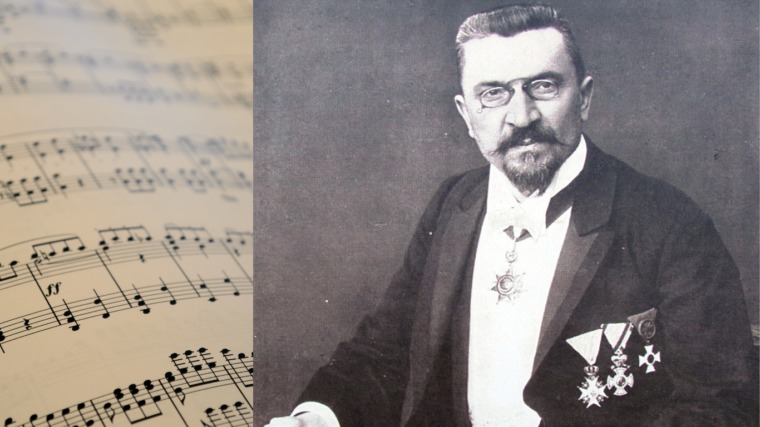
The Father of Serbian Music: Remembering Stevan Mokranjac
September 22, 2025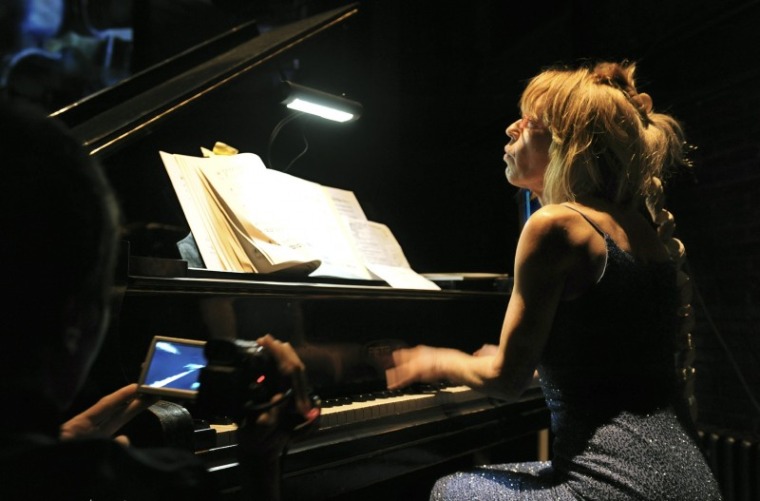
Nada Kolundzija opens Serbian Month 2016 in London
January 12, 2016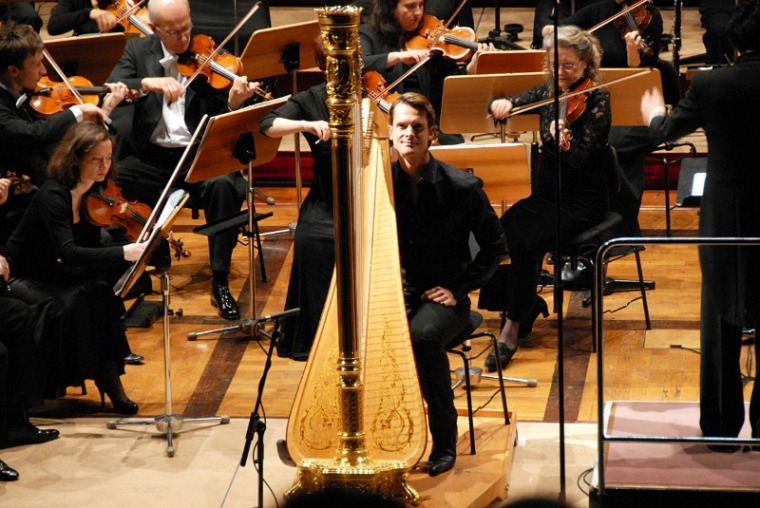
One of the world’s best harpists to perform with Belgrade Philharmonic
November 26, 2015